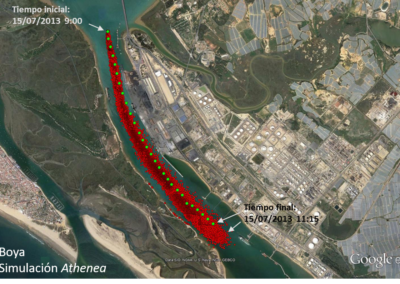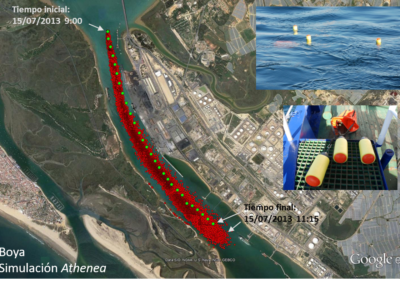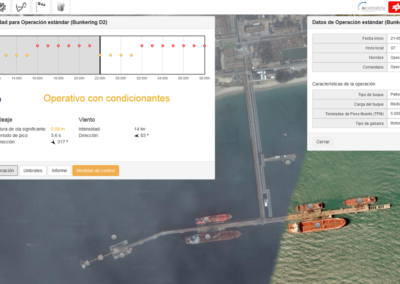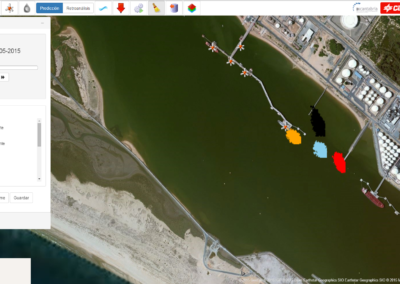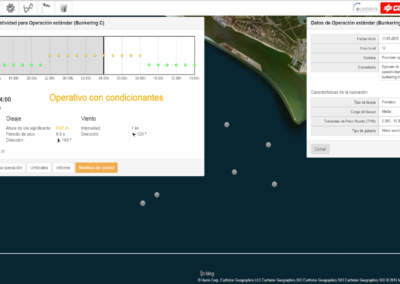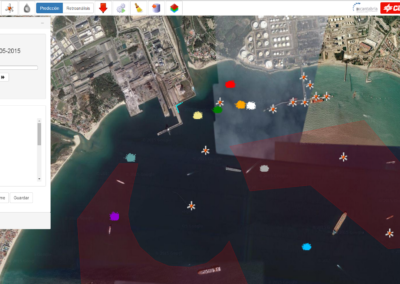ATHENEA
“Reducing marine pollution”


ATHENEA
2012 – 2015
- Pollution caused by the handling of hydrocarbons in the maritime and port environment can be prevented and managed through this integrated system. Athenea facilitates, in real time, the prediction of the trajectory of spills or the identification of their origin or source (reverse trajectory or retroanalysis) from a slick; as well as the levels and safety conditions in loading and unloading operations, together with recommendations of measures to reduce this risk. Finally, this system provides the hazard or probability of contamination reaching the coast at critical points already identified, which allows planning a response in advance.

ATHENEA
2012 – 2015
Pollution caused by the handling of hydrocarbons in the maritime and port environment can be prevented and managed through this integrated system. Athenea facilitates, in real time, the prediction of the trajectory of spills or the identification of their origin or source (reverse trajectory or retroanalysis) from a slick; as well as the levels and safety conditions in loading and unloading operations, together with recommendations of measures to reduce this risk. Finally, this system provides the hazard or probability of contamination reaching the coast at critical points already identified, which allows planning a response in advance.


CONTEXT
-
- REGION, COUNTRY: Spain
- CLIENT: MINECO – Ministry of Economy and Competitiveness
- SOURCE OF FINANCING: MINECO – Ministry of Economy and Competitiveness
- SCOPE: National
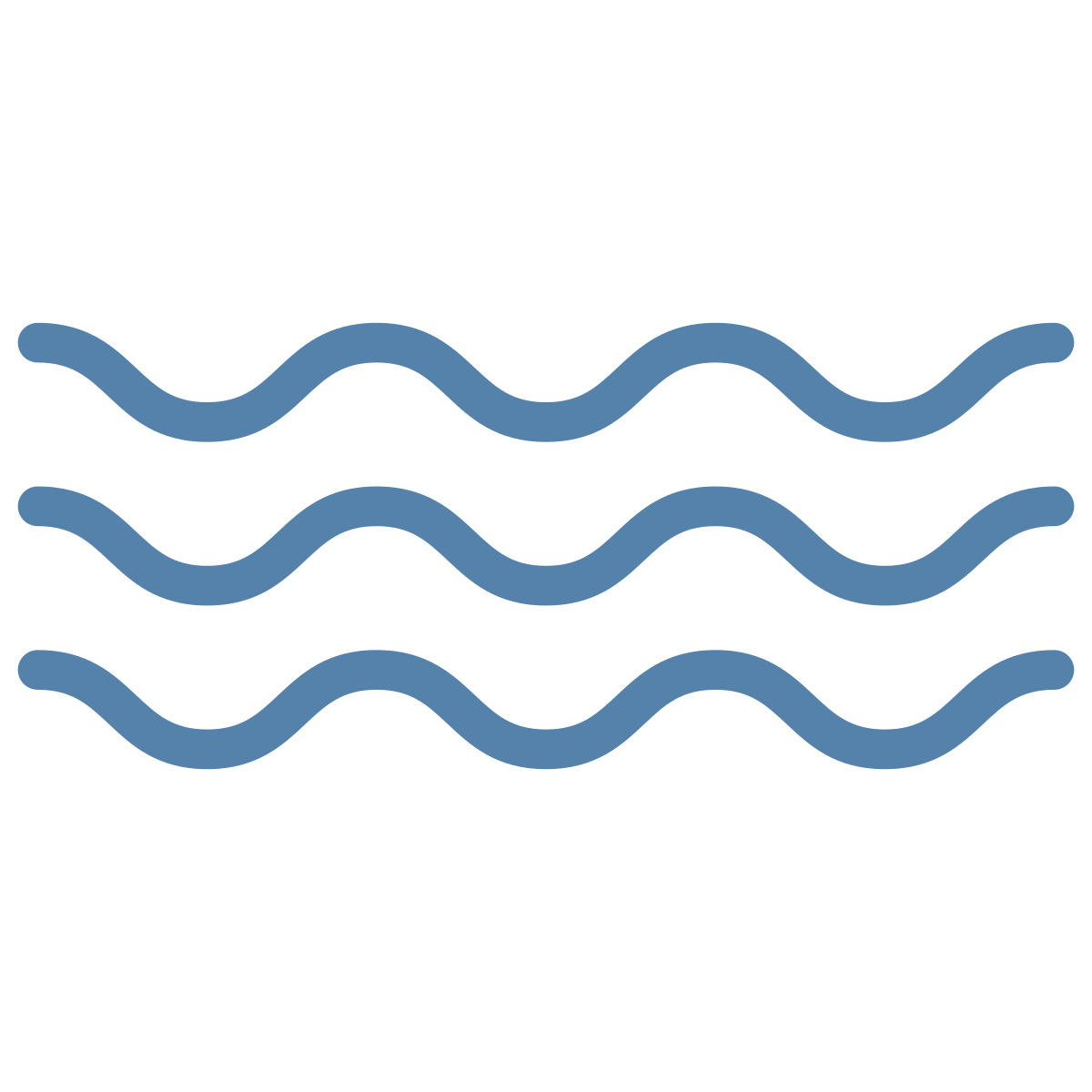
WHAT HAS MADE THIS PROJECT UNIQUE?
-
- Supporting evidence-based decision making and innovation for contribution to the SDGs.
- Design of multidisciplinary, integrated and unique solutions to address the complexity of socio-ecological systems associated with water and ensure their resilience.
- Capacity building and knowledge transfer to new generations of professionals (research and management personnel) to promote the progress of science and society.
- Cooperation, alliances and partnerships for sustainability, as an interface between academic and business, local and global, public and private agents.

HOW HAS IT ALIGNED WITH OUR MISSION AND VISION?
-
- Provision of innovative solutions based on scientific excellence and the development of advanced numerical and statistical techniques to address the problems with the high spatial and temporal resolution required in the coastal and port environment.
- Development of scientific-technological tools with a multidisciplinary and collaborative approach, which facilitate decision making in emergency situations, providing an integral response for spill management in maritime and port areas.
- Transfer of knowledge and technology to increase the protection of the marine and coastal environment against accidental pollution, thereby contributing to the achievement of the SDGs.
- Knowledge transfer and public participation.

WHAT LESSONS HAVE BEEN LEARNED?
-
- Importance of interaction with the end user from the initial phase to develop a system oriented to meet the needs in decision making.
- Importance of system validation in the field to ensure system efficiency and estimate uncertainty.
- Importance of regional and national ocean-meteorological data provider systems, such as Copernicus Marine Service, Puertos del Estado and AEMET, to favor the development of value-added products in the coastal area.
- The knowledge acquired through our scientific developments and transfer work allows us to design systems and interfaces specially adapted to specific customers and end users.
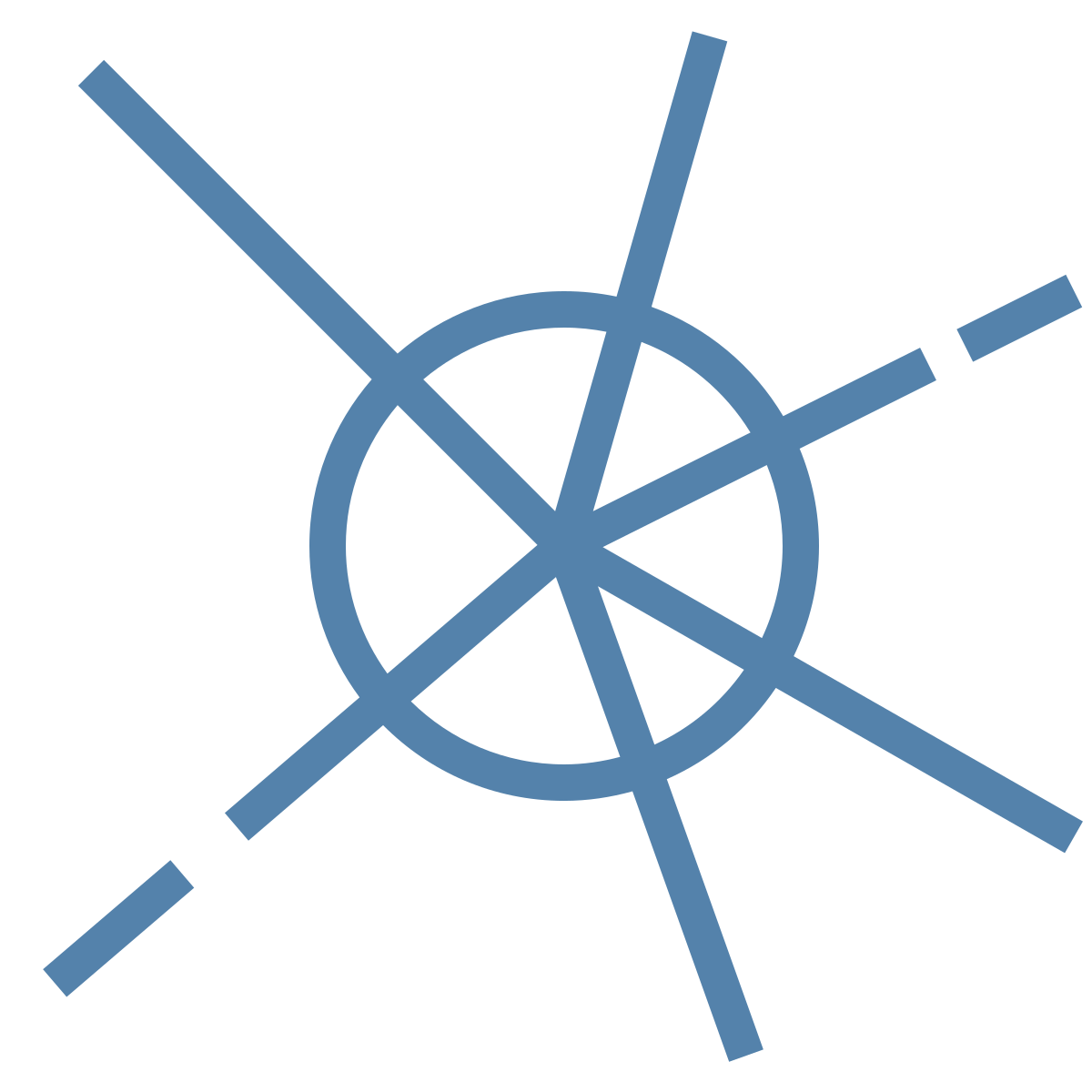
WHAT HAS BEEN THE IMPACT OF THE PROJECT?
-
- Improved prevention of pollution of the marine environment from oil spills during loading/unloading, bunkering, handling and other logistical tasks carried out by vessels or from marine terminals.
- Minimization of the response time to a possible spill and optimization of the effectiveness of the spill containment and treatment means by predicting the behavior of the spill.
- Reduction of the risk derived from operations that handle hydrocarbons or other types of substances harmful to the marine environment, increasing environmental and coastal protection.
- Development of tools to improve prevention and response to a marine pollution event, contributing to a more environmentally friendly and safer development of activities in the maritime and port environment in terms of accidental pollution spill management.

WHY HAS IT BEEN SUCH A SUCCESS?
-
- An integral management system that does not exist in the market that has combined in a pioneering way a system for the real-time prediction of accidental spills and the identification of the origin of potential spills of unknown origin, a system for safety in loading and unloading operations and a system for planning and environmental protection against potential oil spills.
- Innovative and decision-oriented system, based on a web application with interactive maps, that can be applied to the management of any maritime facility, pontoon, activity or environment, regardless of its geographical location.
- Development of a methodological guide for the risk analysis of a facility and the identification of critical scenarios causing a hypothetical spill.
- Successful implementation in three CEPSA refineries in Spain: Gibraltar-San Roque (Algeciras), La Rábida (Huelva) and Tenerife (Canary Islands).
- Guarantee of efficiency and capacity to support decision making in case of accidental contamination due to the extensive validation of the system, both in field exercises and in simulations organized by CEPSA.
- Important milestone in the transfer to society of the knowledge and methodologies developed by IHCantabria in the fight against accidental pollution and its application in port environments.
- Presented in the most relevant national and international forums related to the fight against oil spill contamination.
- Consolidated research, development and technology transfer to combat accidental pollution, both from hydrocarbon spills and potentially hazardous noxious substances or chemicals, always in collaboration with national public entities (Government of Cantabria, Ministry of Science and Innovation, Maritime Rescue, Port Authorities) or international (European Maritime Safety Agency), foundations (Marcelino Botín Foundation, Mapfre Foundation) and private companies (CEPSA, REPSOL, Qualitas, Iberdrola and Acciona).

CONTEXT
CLIENT: MINECO – Ministry of Economy and Competitiveness
SOURCE OF FINANCING: MINECO – Ministry of Economy and Competitiveness
SCOPE: National

WHAT HAS MADE THIS PROJECT UNIQUE?

HOW HAS IT ALIGNED WITH OUR MISSION AND VISION?

WHAT LESSONS HAVE BEEN LEARNED?

WHAT HAS BEEN THE IMPACT OF THE PROJECT?

WHY HAS IT BEEN SUCH A SUCCESS?
PARTICIPATING ENTITIES
CEPSA – Compañía Española de Petróleos, S. A. U. (Spain)
PARTICIPATING ENTITIES
– CEPSA – Compañía Española de Petróleos, S. A. U. (Spain)

